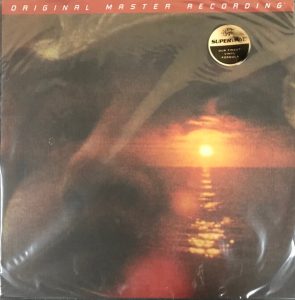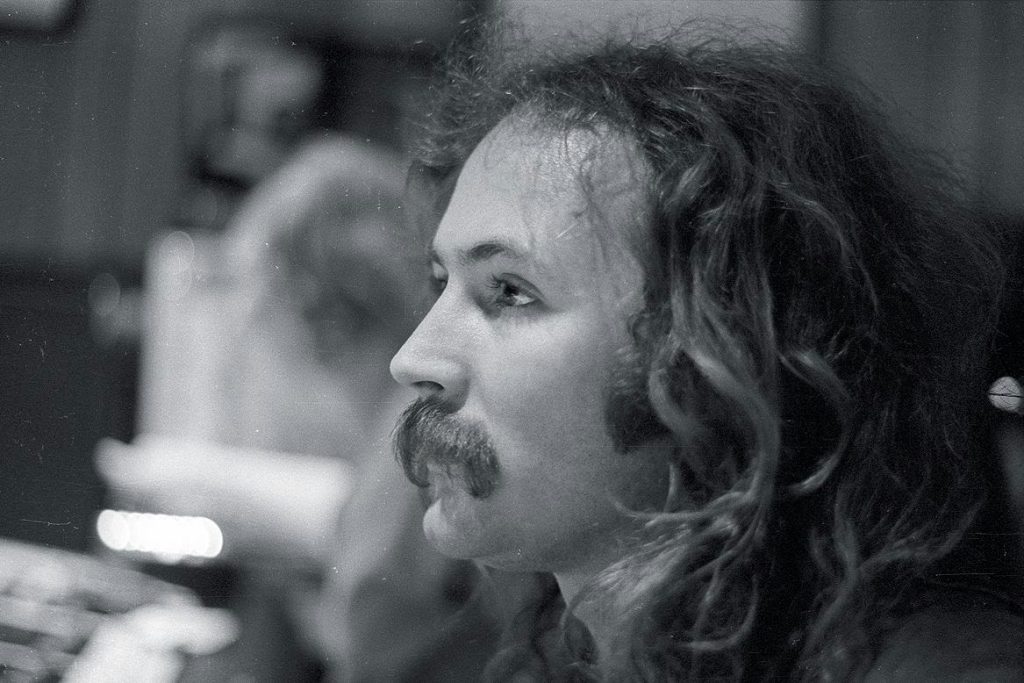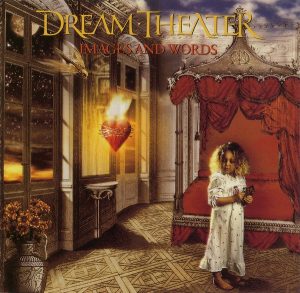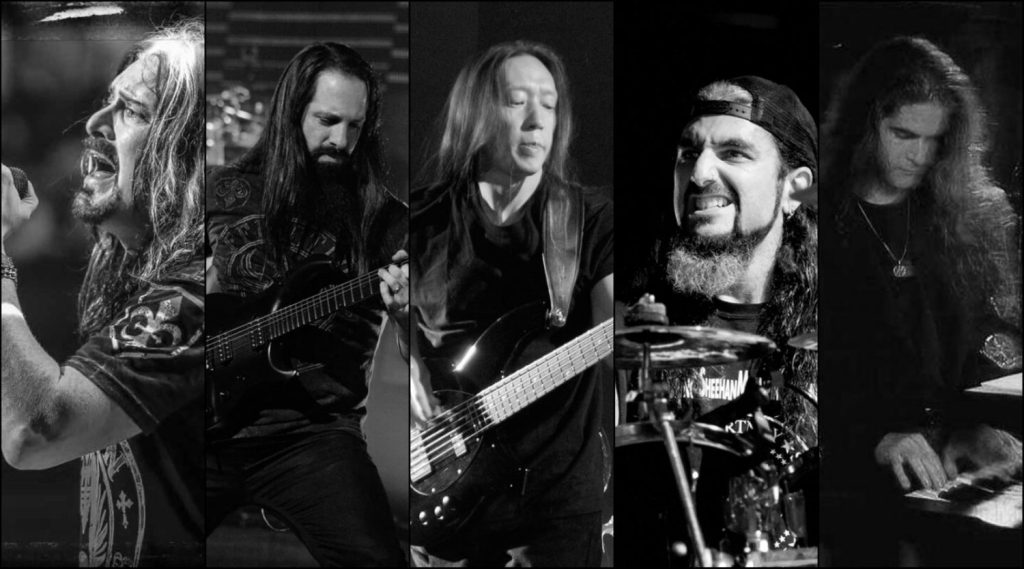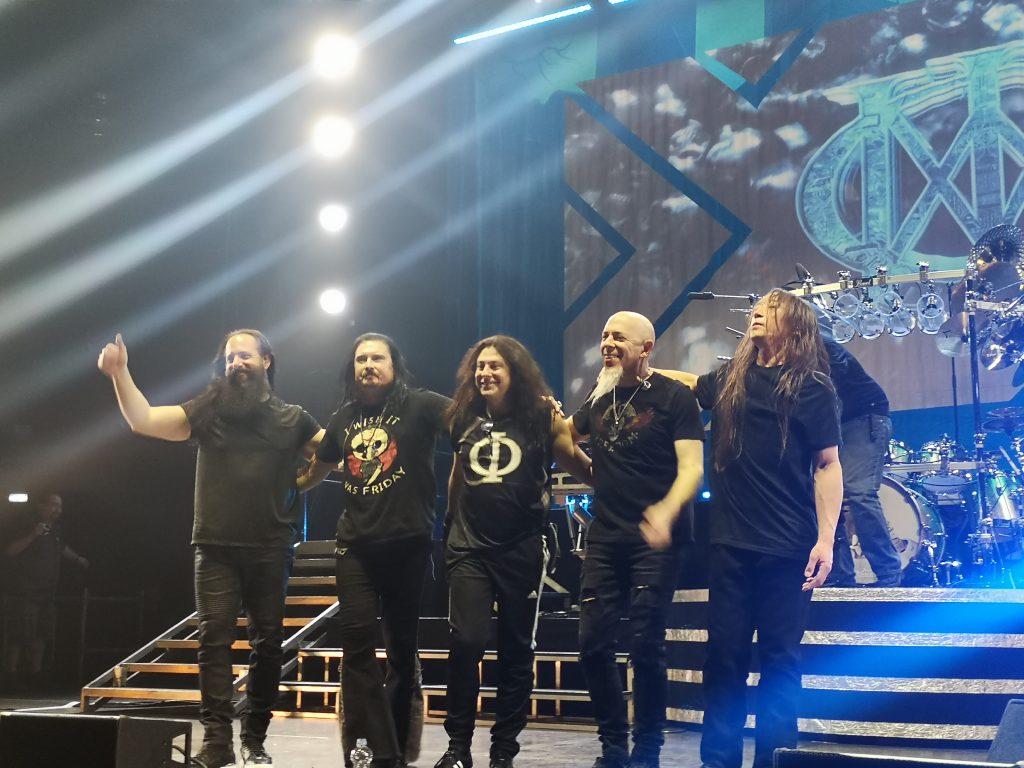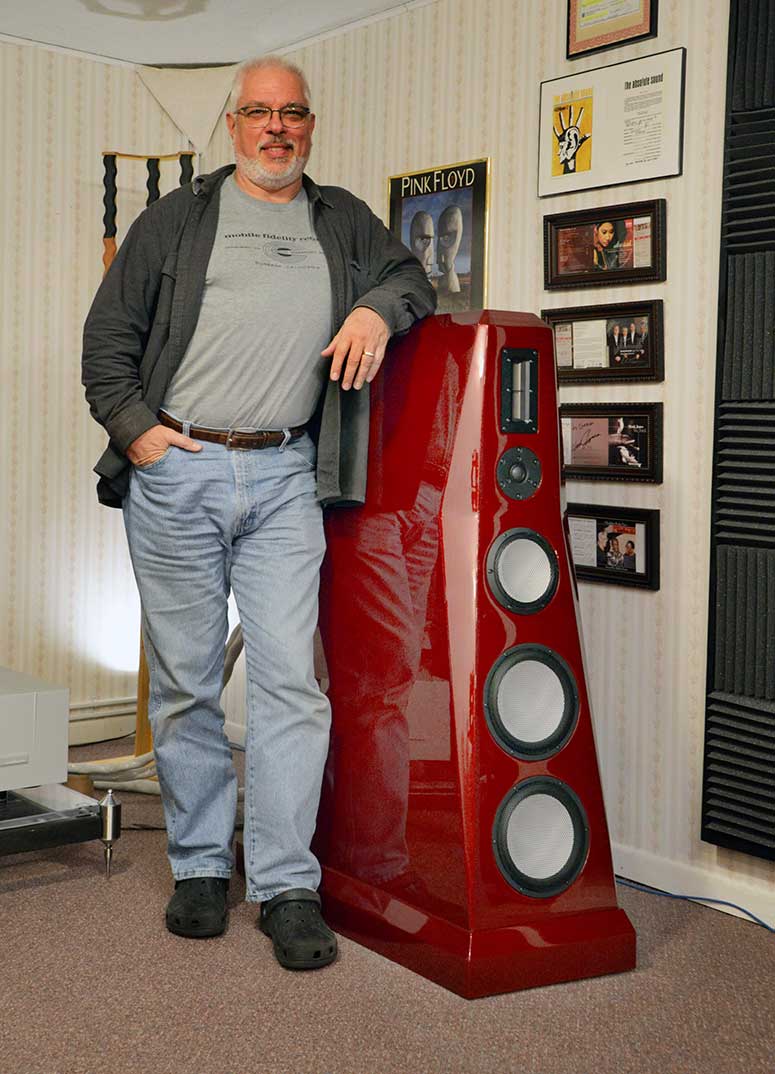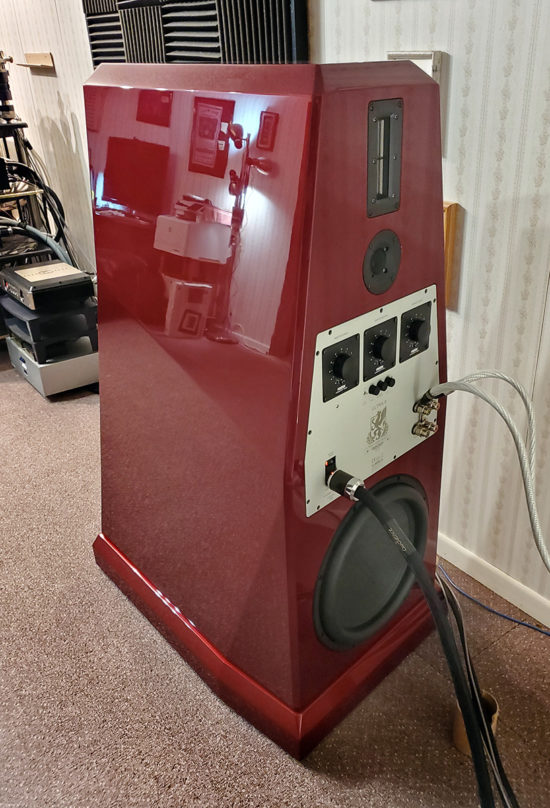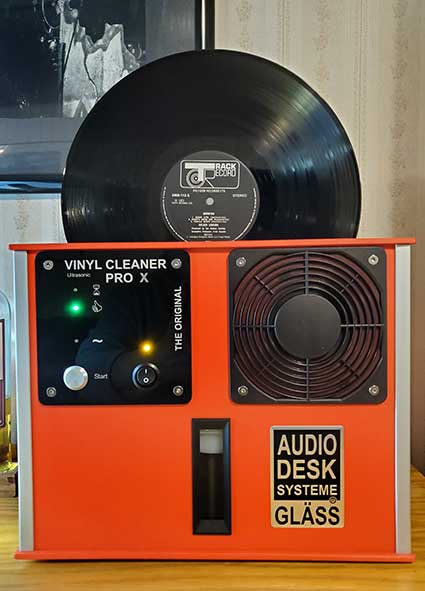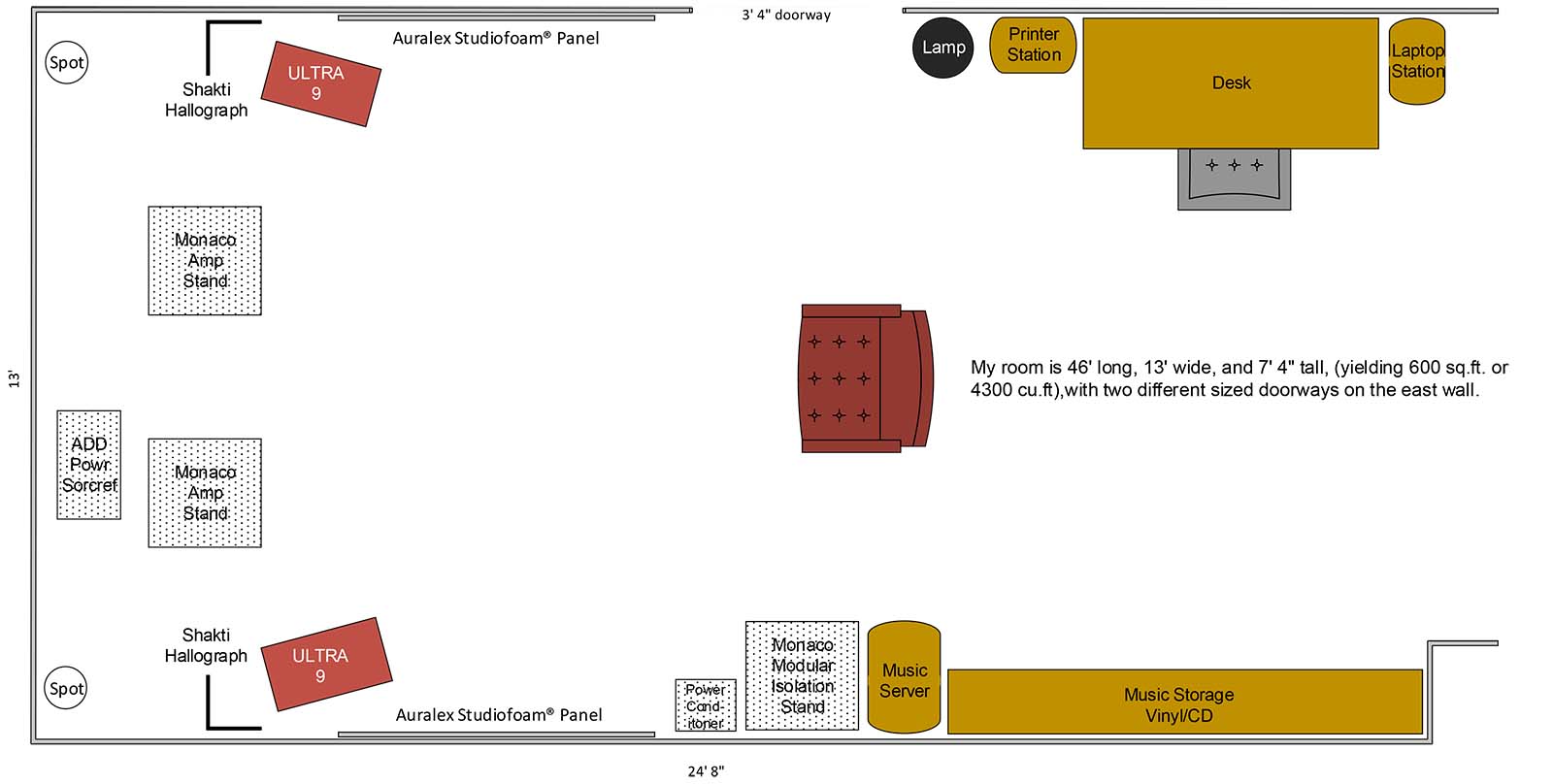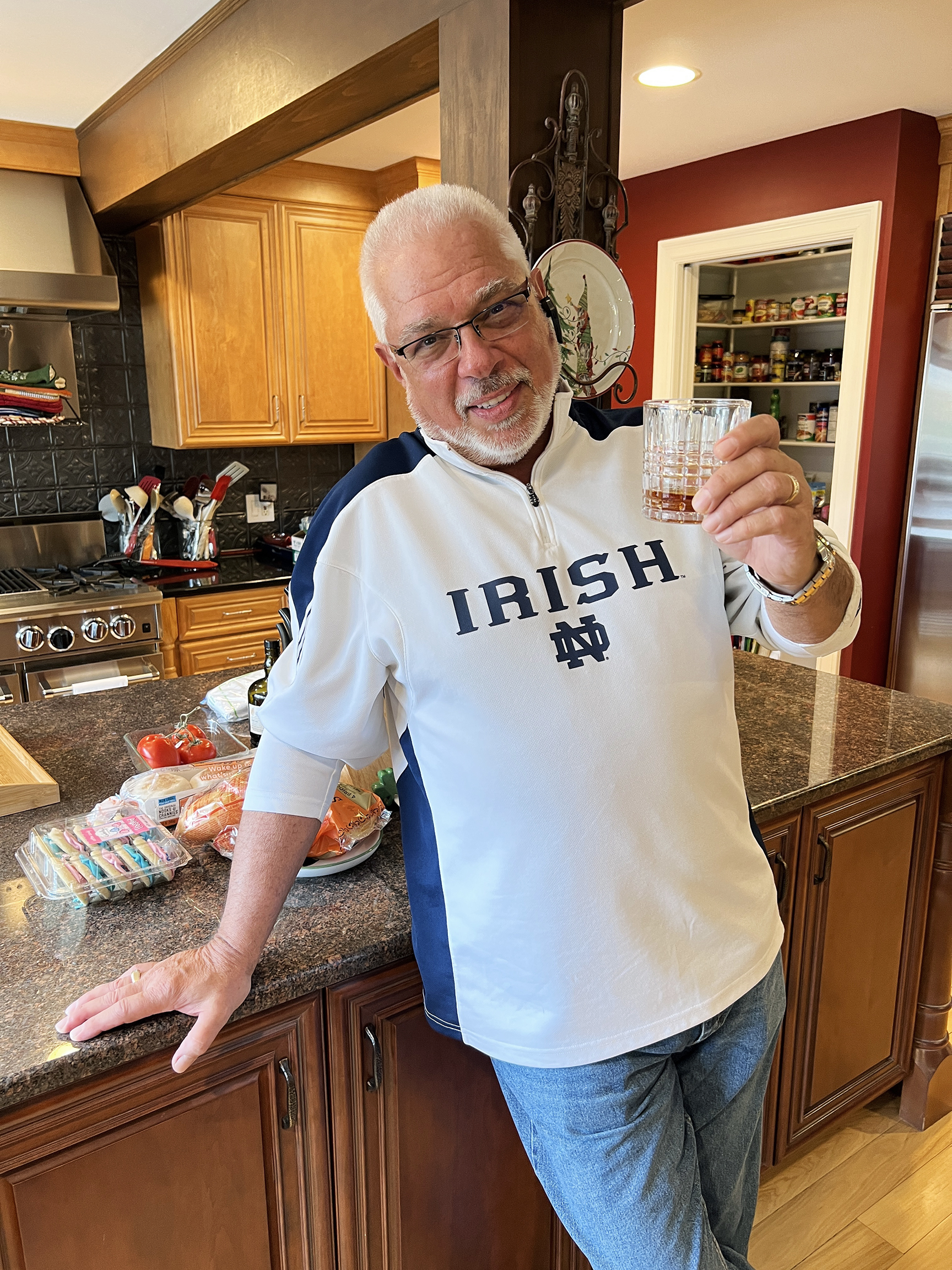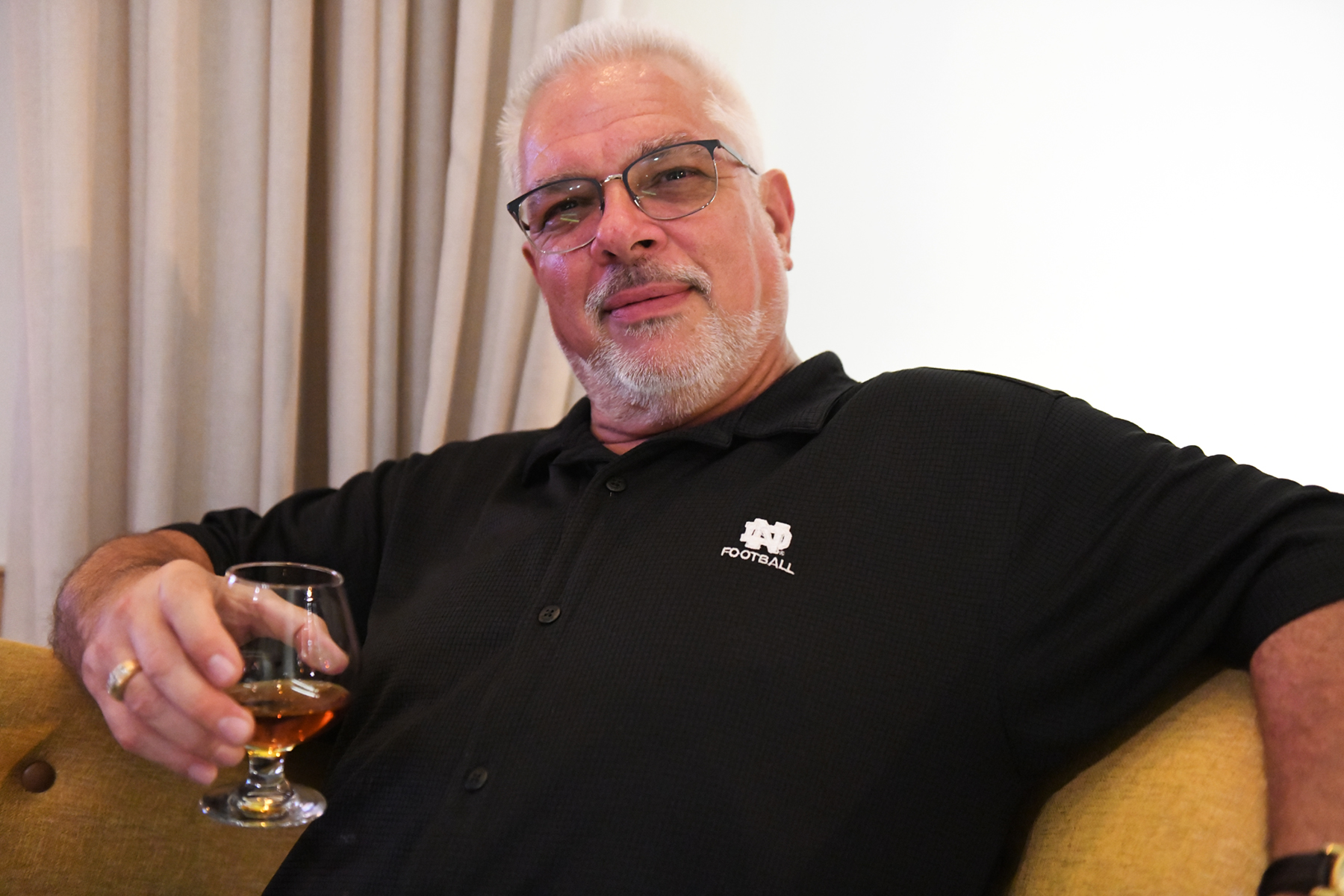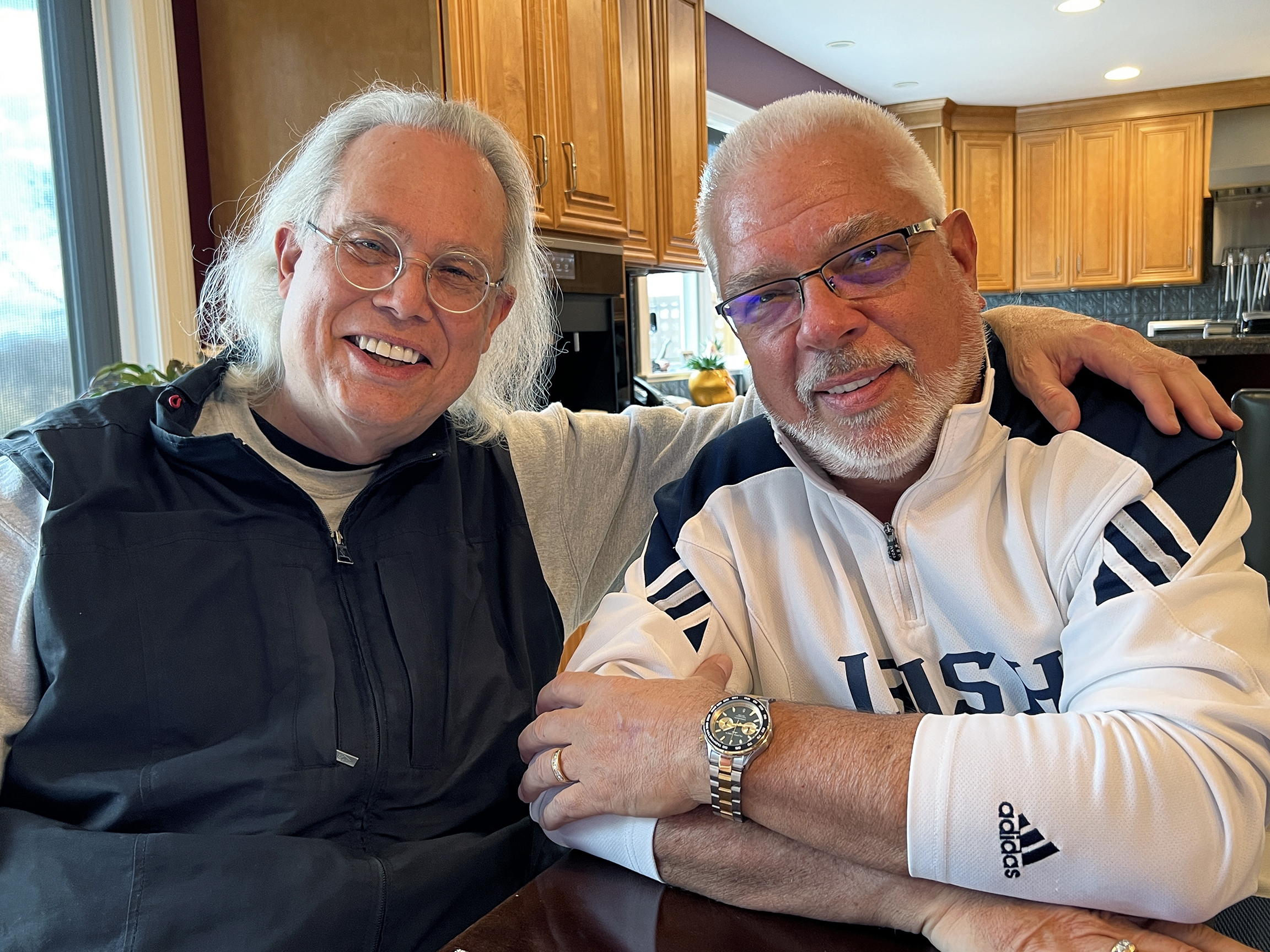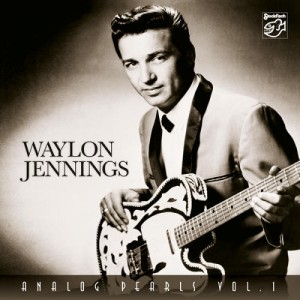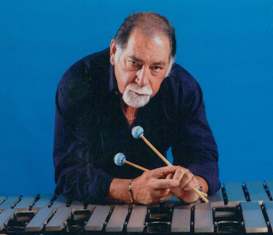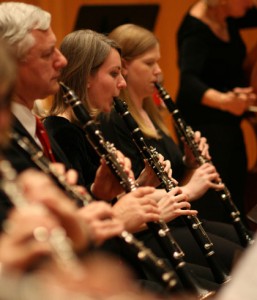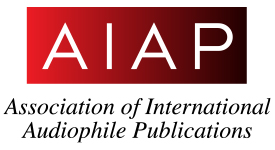David Crosby, If I Could Only Remember My Name. Mobile Fidelity Sound Lab, MFSL 2-496, Original Master Recording, Gain 2™ Ultra Analog, 2 x 12" 45 RPM SuperVinyl™ 180g LPs, Numbered Limited Edition, Numbered, Reissue, Remastered, Gatefold, 2022
First up...the spring 2022 Mobile Fidelity Sound Lab, 2 X 45 RPM, limited, numbered remastered reissue on 180G SuperVinyl™ (MFSL 2-496) of David Crosby's debut solo release, 1971's If I Could Only Remember My Name.
Looking back now, it is hard to believe that the music critics of its era almost universally panned this record. Lester Bangs, writing for Rolling Stone called it "a perfect aural aid to digestion when you're having guests over for dinner," and Village Voice critic Robert Christgau gave it a D−, dismissing it as a "disgraceful performance." It was only much later that Crosby himself said that those contemporaneous reviewers were, "…looking for another record that was full of big, flashy lead guitar and blues licks and screaming lyrics ...and If I Could Only Remember My Name was not where everything else was going, so they thought it was irrelevant."
But most of my contemporaries recognized it as the shambolic masterpiece that it was. Meandering? Yes! But transcendently so, and just bursting with remarkable, brilliantly conceived and performed frayed threads of mood and atmosphere. And not only is it among the finest splinter albums out of the CSN(&Y) canon, but it is also one of the more defining musical moments of that era.
This record combines David's then still resounding, silky, unmistakable voice, a voice that was referred to by one critic as, "…the epitome of hippie crooning," with occasionally inspired songwriting, turning this record into a one-time wonder of ethereal, authentic California ambiance.
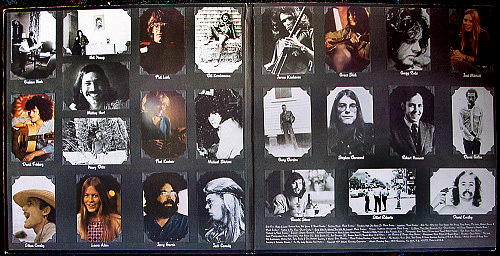
The list of guest musicians reads like a "Who's Who" of the Haight-Ashbury music scene, including members of Jefferson Airplane, Santana, and the Grateful Dead. He featured the contributions of many of those closest to him, like Graham Nash, Neil Young, and Joni Mitchell, and he included many other monster artists of that time, like David Freiberg, Paul Kantner, Grace Slick, Gregg Rolie, Jerry Garcia, Mickey Hart, and Phil Lesh.
And if I'm being complete here, I'd have to acknowledge that perhaps a good portion of this LPs success may also be attributed to the work of a remarkable producer and engineer, Stephen Barncard, who had co-produced and engineered The Grateful Dead's American Beauty just the year before.
With a diverse range of material, including transitory sketches of inspiration like the angelic chorale-vocal showcase "Orleans," and the a cappella, "I'd Swear There Was Somebody Here," to the rambling Western epic "Cowboy Movie." These songs are so relaxed, so laissez-faire, and each song offer's up its unique panoramic landscape.
As I mentioned, when it was first released, some critics were put off by the obscure, cosmic storytelling of tracks like the simply gorgeous "Laughing," a long-time system demo favorite of mine, or the ambiguous yet pointed social questioning of "What Are Their Names." But when you look at it as what it actually represents, a snapshot of the period in which it was crafted, it may then be seen as an incredibly decisive work.
And sonically, it is a marvel! As it turns out, David Crosby himself had picked up a special talent that helped lift these guitar recordings to their astonishing heights! Over his time with Joni Mitchell, David had learned some unusual guitar tunings, including the now popular "Open D," which has been used by artists as varied as Richie Havens, Neil Young, Bruce Cockburn, and Barry Gibb. He soon had cultivated an unusual ability to not just tune guitars—perfectly, but to micro-tune them with striking accuracy, which gives the sound an unmistakable sumptuousness and edge.
The recording sessions took place at the recently opened Wally Heider Studios in San Francisco, and again, I must give due credit to Stephen Barncard's innovative microphone placement techniques, as well as to his having had the luxury of recording the album at 30 inches per second, allowing them to be captured with the richest possible sonics.
The midrange purity, along with its vibrant tonal color and accuracy are clearly among this recording's biggest gifts to music lovers. Listening to cuts like "Laughing," you simply cannot resist the beauty, resonance, and seductive tone of those beautifully recorded guitars, including Jerry Garcia's pedal steel guitar, supported by Phil Lesh's dulcet bass tones, all beautifully rendered, laying bare their beautifully captured sparkle and inflection. Listening in to the mix, you are permitted to readily identify each distinctive and individual voice, most notably the high harmony vocalizations of Joni Mitchell as the cut winds to a close.
You owe it to yourself to hear this remarkably magical slice of the California music scene and to luxuriate in its lush and beautiful tones. While I am still absolutely amazed by the sonics captured on the original 1971 US Atlantic release of this title, which, until this superb MoFi reissue was released, offered the best sonics I had heard from this record—including last year's somewhat disappointing 50th anniversary Atlantic reissue. But I must admit, this is yet again one of those times where MoFi has hit it out of the park. And to this point, Jim Davis, President of Mobile Fidelity, has acknowledged that this was the last title they captured and cut from the source master tape without a DSD step.
HERE are more details about this record at Discogs.
HERE is a link to this recording on Qobuz.
Dream Theater, Images And Words. Enjoy The Ride Records – ETR-021, Brookvale Records – BRK 216, 2 x 180G LPs, Numbered Limited Edition, Reissue, Remastered, 2013
Next up, my 2013 US (Enjoy The Ride Records – ETR-021, Brookvale Records – BRK 216), 2 x 180G LPs on black vinyl (it was also offered in a red and gold swirl vinyl pressing), numbered limited edition, remastered reissue of Dream Theater's second album, 1992's Progressive Metal masterpiece "Images And Words." With this record, Long Island, New York's Dream Theater not only found their sonic signature, but they established a benchmark for progressive metal that many, me included, would argue has yet to be bested. While this record is so COMPLETELY different from my first selection today, I assure you that it is every bit as exceptional! And I'll wager that if you were to look up the definition of "Progressive Metal Music" in an internet-based music dictionary, you'd be given a link to hear this record!
I have to thank my long-time accomplice and audio bud, Mark Morningstar (are you watching, Marcus?), for turning me on to this record (well, it was on CD then…) shortly after it was released. At that time, I was managing a small audio salon in State College, PA, and Mark worked with me in sales—when he wasn't drumming in his rock band, "Thin Ice." In fact, we worked together at several of the establishments I managed back then.
Founded in 1985 by Boston's Berklee College of Music students, guitarist John Petrucci, bassist John Myung, and drummer Mike Portnoy, they soon added keyboard player Kevin Moore and recruited vocalist Chris Collins. They had originally chosen the name Majesty, an appellation they liberated from a lyric in "Bastille Day" the opening track from Canadian rock band Rush's third album, Caress of Steel.
Under that original name, they released an eight-tune demo simply called The Majesty Demos in 1986, and they sold all 1000 copies within six months. But over the next few months, the band rebranded themselves as Dream Theater, a name that is said to have been inspired by a now-demolished California movie theater.
According to Mike Portnoy and John Petrucci, by late 1986 it was also decided to let Chris Collins go, as he just didn't seem to be the right choice. They simply didn't see the ability, or drive, in him that they felt necessary to represent them as a front man when performing live. They also pointed to his vastly different outlook on what Dream Theater should, or could, be, and so they began the search for a new vocalist.
In November 1987, after a considerable period of auditioning for possible replacements, the group settled on Charlie Dominici. Soon thereafter, they found themselves signing with Mechanic Records, as they began working on their first full-length album. This relationship was uncomfortable at best, mostly due to delays caused by what seemed to be label mismanagement, which had limited the group to performing at small clubs and bars. And when their first LP was released, 1989s When Dream and Day Unite, no one was impressed, least of all the band. Frustrated by this unfulfilling experience, Dream Theater severed its ties with Mechanic and fired Dominici.
After spending nearly two-years long searching for the "right" vocalist, the search ended in late 1991 when a demo tape from Canadian vocalist James LaBrie, formerly of the Glam metal band Winter Rose, arrived. They arranged for him to fly to New York to audition and were so impressive that he was immediately invited to join the band. Signing with Atco and Atlantic's fledgling EastWest Records America, Dream Theater released its second album, Images And Words, in 1992.
While overtly influenced by bands like Emerson, Lake, & Palmer, Queensrÿche, Rush, and Yes, these cats show off their extraordinary prowess with their respective instruments. Here, on only their sophomore effort, it becomes clearly apparent how guitarist John Petrucci has come to be considered a virtuosic American guitarist, composer, and producer, as well as an accomplished solo artist.
I will admit to being almost as spellbound by Mike Portnoy's percussion work as I am with Neil Peart. He has proven himself to be a rhythmic linchpin of the modern progressive metal and hard rock scenes. Besides having co-founded Dream Theater, he has been the drummer for more than half a dozen other bands and toured or gigged with a dozen more. His effortlessness comes through so clearly here as his timekeeping and tempo changes really contribute to and help to express the power and drive of this LP.
And speaking of driving forces in this LP, bassist John Myung doesn't disappoint either. He began playing bass guitar at age 15, after having played violin from age five, and has been with Dream Theater for the entire time the group has been together. And Kevin Moore's keyboards have been inextricably and intricately woven throughout this record's litany of strongly constructed tracks.
While operatically trained James LaBrie shows not only an absolutely impressive range with his lyric tenor style, but he also cites his musical inspiration as coming from many different genres and artists, including artists Don Dokken, Nat King Cole, Sting, and Freddie Mercury. Regardless, his vocals set the bar for Prog Metal delivery and heartfelt, emotional content.
Their undisputed ability to create sophisticated, melodic, and tight tracks, rife with urbane lyrics and dense thematic content, while fluently incorporating the more diverse elements utilized in syncopated prog, hook-fueled hard rock, riff-driven metal, and power chord construction from blues, metal, even funk, combine to define their simply exceptional and unique sonic signature. Oh, and I DARE you to find another Progressive Metal band that has been recorded with any better production values!
Not only has Images And Words maintained its position over the years as the band's most commercially successful studio album, having sold more than six hundred thousand copies, side one's opening cut, "Pull Me Under," has the distinction of being their only Top 10 hit. It also had more recent success, having been selected for use in the 2008 video game Guitar Hero World Tour.
The second cut on side one, "Another Day," takes its foot off the accelerator—just a bit, and features saxophonist and founder of the fusion band Spyro Gyra, Jay Beckenstein. While a sax contribution may seem a bit out of place on a Prog Metal cut, just wait until you hear it. And James LaBrie REALLY lays into it, showing you what he can pull off with his powerful yet nuanced tenor voice.
Next, the first cut on side two, "Take the Time," puts the pedal to the metal again. Even if you have never listened to any music like this before, you will soon understand and marvel at what virtuosic talent it takes to play this frenetically, this tightly, with these time changes and tempos, to pull off such a powerful composition.
Closing side two is "Surrounded." Dialing down the cadence yet again, this is such a lovely, melodic, and catchy tune, again highlighting the compositional strength of this superbly capable group of artists.
Side three opens with "Metropolis, Pt. 1: The Miracle and the Sleeper." From its ethereal, airy opening, it quickly blurs into a metal power chord rush, dragging you along with it. John Petrucci and John Myung's guitar chops, along with Mike Portnoy's percussion work just shine here, leading up to the staccato. And if there was ever any doubt that Dream Theater was hugely influenced by ELP, just check out this cut starting at about 7:00 minutes or so… If you don't hear the influence of cuts like "Trilogy" and "Living Sin" from ELPs 1972's Trilogy, you haven't been paying attention!
Closing side three is "Under a Glass Moon." Petrucci's brilliance on his instrument shines again, leading this tour de force of complex contributions from each artist. This cat can play his butt off!
"Wait for Sleep" opens side four and is the most contemplative work in this collection. This was a solo composition by Kevin Moore, and his pleading, emotive keyboard work deservedly takes the lead.
Finally, "Learning to Live" closes side four of this masterpiece, unmistakably reaffirming the power, nuance, and expert technique of this group of gifted and expressive artists. It is distinctly Dream Theater.
Now before you throw up your hands and brush off this record by saying you just don't see yourself as a prog metal fan, (why would you do that?), I'd ask you to give this LP a test drive (I have included a Qobuz link below), and really open your senses to Dream Theater's musicianship and songwriting. These cats are more than merely a cut above the norm, they represent the pinnacle of the genre. This is one exceptional recording, lyrically, musically, and sonically.
Though I've never run across an original 1992 European ATCO release (ATCO Records – 7567-92148-1), if I could find a reasonably priced Mint—copy (the last two times I've checked Discogs, they were starting at over $350…), I'd really love to give it a listen. If you've heard it, or have it, let me know your thoughts. In the interim, as I stated at the outset, I've settled on the Brookvale Records double LP on black vinyl. I also own the 2013 ATCO Records "Music On Vinyl" Reissue, MOVLP780, a single 180G LP, and it is a close second to the Brookvale pressing.
HERE are more details about this record at Discogs.
HERE is a link to this recording on Qobuz.




